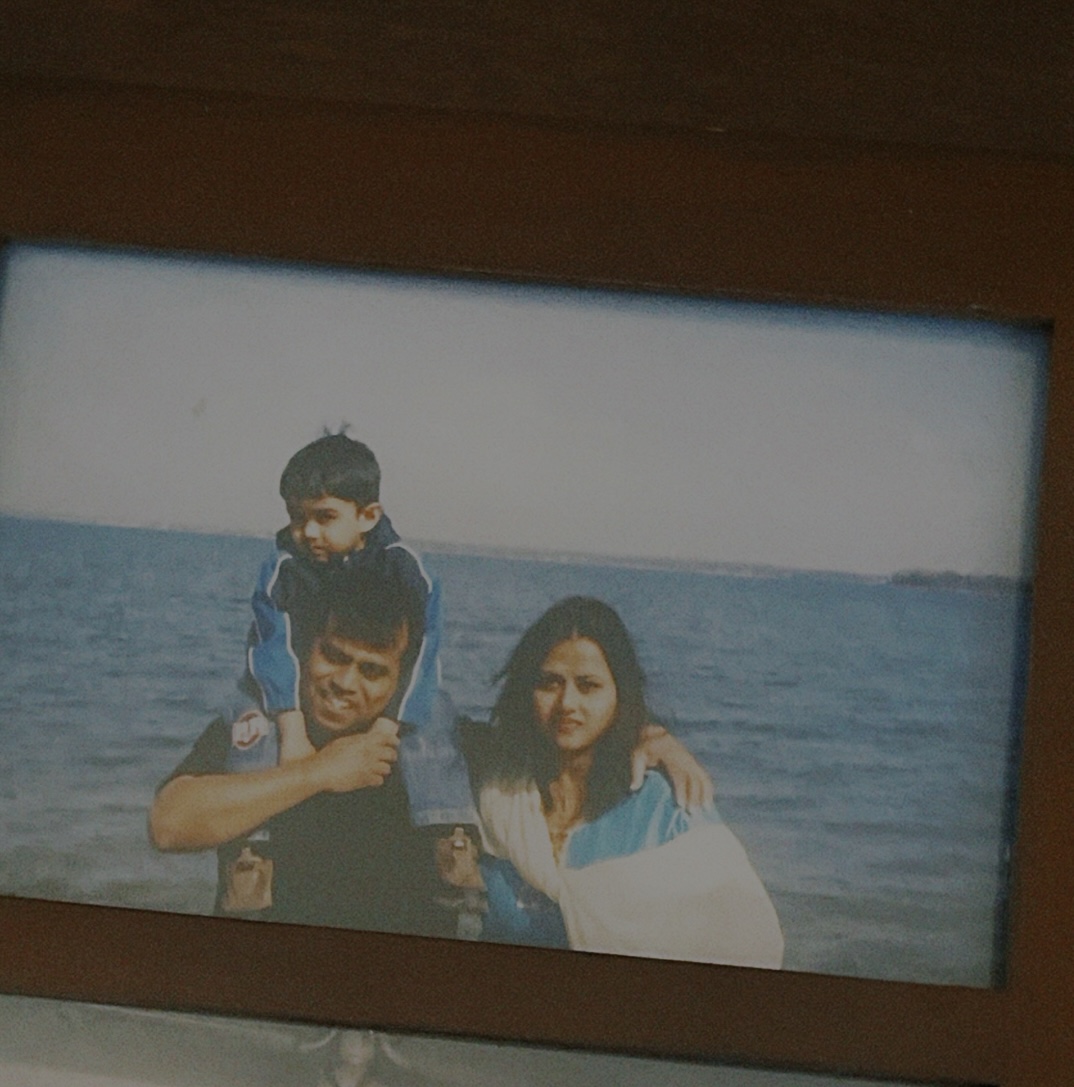While the Dallas Cowboys defeated the New England Patriots and moved to 3-1 on the season, the Patriots not only fallen to 1-3 but have possibly lost star linebacker Matthew Judon to an elbow injury, who exited the game in the 4th quarter of what was already a very bad day for New England.
According to NBC Sports, Judon will undergo an MRI to determine the extent of his injury, whose right arm got caught behind Deuce Vaughn as he tried to reach behind a Cowboys blocker to tackle him.
According to Adam Schefter, Judon specifically suffered a lower bicep tendon tear. But what exactly is that?
Well, a lower bicep tendon tear is also known as distal bicep tendon tear. This happens when the tendon attaching the biceps to the elbow is torn from the bone. Distal means further down the point of attachment, or in other words, the tendon that is further down the arm.
The distal bicep tendon, like any tendon, consists of collagen, which is a protein responsible for skin elasticity. The collagen in the distal tendon give the tendon a high tensile strength, meaning the tendon can tolerate high forces pulling on it.
However, a distal bicep tendon tear can occur if there is too much force on the tendon, especially an unexpected force like in Judon’s case.
Even though the biceps muscle works hard to keep the elbow bent, the unexpected pulling force such as what Judon experienced can cause the elbow to extend and tear the distal tendon connecting it to the radius bone.

According to Watson Orthopedics, a distal biceps tendon tear usually sounds like a pop, and is followed by a short-lasting intense pain. Of course, it’s better to get diagnosed early so that if surgery is needed it can be done as soon as possible, but that depends on the severity and the patient’s medical history, including the patient’s regular activities, as well as imaging procedures like x-rays and MRIs, among others.
Usually, nonsurgical treatment is for those who engage in “minimal activities”, as Watson Orthopedics points out. However, avoiding surgery can result in a significant loss of strength, something that would be detrimental to Matthew Judon as he is a football player.
Surgical treatments include direct repair and graft repair, direct repair being done soon after the injury has occurred and a graft repair usually after more than 3-4 weeks have passed.
Rehab after surgery usually takes several weeks, starting with an elbow sling. Patients soon start different therapies as directed by their physical therapist and eventually start working on moving the arm. It’s a gradual process, as it’s important to not aggravate the injury. Direct exercises to the biceps are avoided for at least 4-6 weeks.
It could take months to make a full recovery, to the point where you can engage your arm for heavy, forceful activities. In the case of Judon, it depends on the severity of the injury, and a lot of that can be discovered after testing is completed.
Every patient varies, and as Judon is a football player and regularly engages in physical activities, it’s safe to say he and the Patriots must be cautious in deciding when he will return to the field.
Reference:
- https://www.rehabmypatient.com/elbow/biceps-tendon-tear-at-the-elbow (tendon injury image)
- https://nyulangone.org/conditions/distal-biceps-tendon-rupture/diagnosis#:~:text=A%20rupture%20in%20the%20distal%20biceps%20tendon%20is%20typically%20caused,catching%20or%20lifting%20heavy%20items.
- https://watsonorthopaedics.com/home/health-professional/shoulder-3/distal-biceps-tendon-tears-elbow/
- https://www.webmd.com/diet/collagen-health-benefits#:~:text=Collagen%20is%20a%20protein%20responsible,your%20body%20to%20produce%20more.
